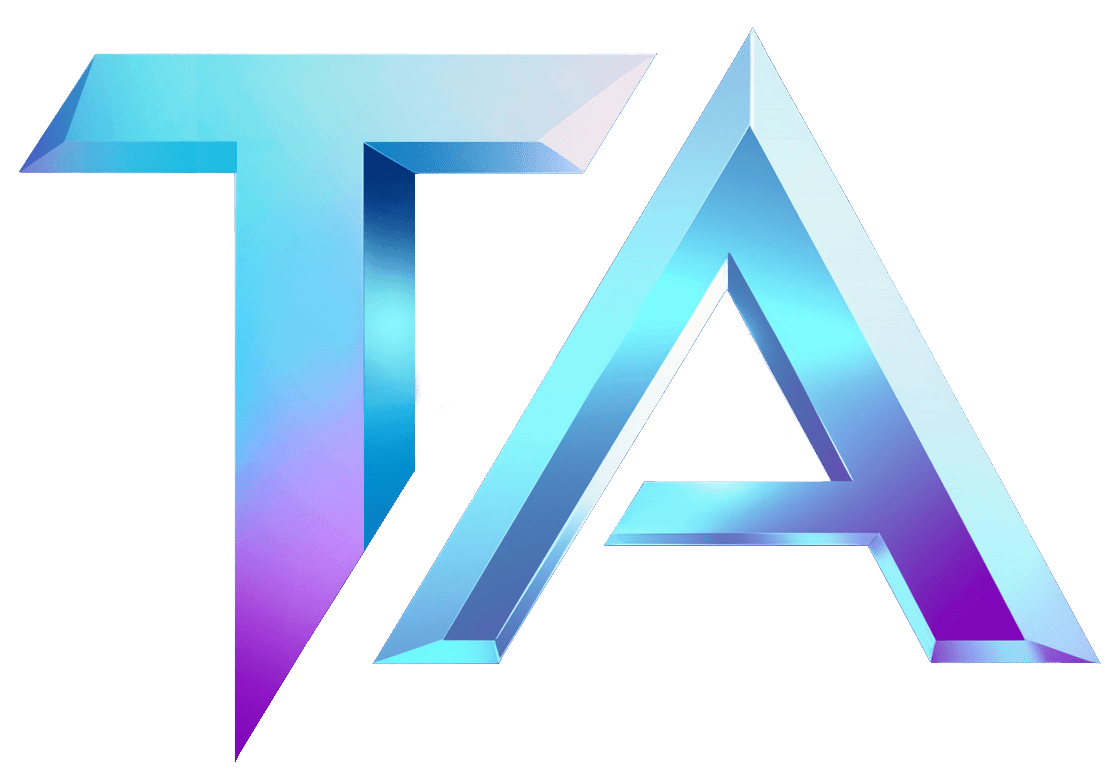Neoclassical Economics: Core Principles Explained

Neoclassical Economics: Core Principles Explained
Neoclassical economics is a dominant framework in economic theory that seeks to understand how individuals make choices based on their preferences and the constraints they face. At Titan Analytics, where we operate as a Solana validator and a Star Atlas analytics platform, we believe that applying these principles to the decentralized gaming universe of Star Atlas can offer actionable insights. Let’s delve into the core principles of neoclassical economics and see how they relate to the rich ecosystem of Star Atlas.
1. Rational Decision-Making
At the heart of neoclassical economics is the idea that individuals behave rationally, seeking to maximize their utility—essentially, their satisfaction or benefit—given their resources. In the context of Star Atlas, players make decisions on whether to invest in a ship, engage in battles, or trade assets based on their expected return. Understanding the motivation behind these choices can enhance your gameplay strategies. Are players more likely to invest in rare ships anticipating higher rewards, or is the allure of a balanced fleet more attractive to them?
2. Marginal Utility
Another essential principle is the concept of marginal utility, which refers to the additional satisfaction gained from consuming one more unit of a good or service. In Star Atlas, consider the choices players face when allocating resources. When a player accumulates resources, the decision to spend or save them could hinge on the perceived utility of each additional ship or upgrade. Identifying how much value players place on different in-game items can guide economic strategies and market predictions.
3. Supply and Demand
Supply and demand are foundational to market pricing. In a virtual economy like Star Atlas, the prices of ships, weapons, and other items are influenced by how much is available (supply) and how much players want them (demand). If the demand for certain ships skyrockets due to powerful game attributes, prices will rise, and vice versa. By analyzing patterns of supply and demand in Star Atlas, players can predict market trends and make informed decisions that align with neoclassical economics.
4. Competition and Market Equilibrium
Neoclassical economists argue that competition leads to efficient market outcomes. In Star Atlas, various factions and players compete for resources, territories, and dominance. This competition helps achieve market equilibrium, where prices reflect both supply and demand. Game developers and players alike can learn from these dynamics, enhancing systems for player engagement and retention as they navigate and impact the overarching economy.
5. Opportunity Cost
Opportunity cost is the concept of the next best alternative that is forfeited when making a decision. For Star Atlas players, choosing to build a fleet instead of investing in other assets represents a trade-off. Understanding opportunity costs allows players to evaluate their choices critically and adopt a strategic approach to resource management, ensuring that they maximize their potential gains.
In Summary
Neoclassical economics provides a robust framework for understanding decision-making and market dynamics within the universe of Star Atlas. By recognizing principles such as rational choice, marginal utility, supply and demand, competition, and opportunity cost, players can leverage these insights to enhance their strategies.
At Titan Analytics, we are committed to helping players navigate the vast data landscape of Star Atlas through our analytics modules. We invite you to explore our innovative tools for in-depth analysis and insights at Titan Analytics Star Atlas Data Modules. If you have questions or need assistance, please don’t hesitate to reach out at Titan Analytics Contact. Happy gaming!




